Plastoglobules
Characterisation of the molecular function of plastoglobules
| Professeur | Prof. Felix Kessler |
| Post-Doc | Venkatasalam Shanmugabalaji, Collombat Joy |
| PhD students | Bressoud Ségolène, Turquand Maud |
| Master student | Bozbeyoglu Helin, Alvarado Juliana |
| Plastoglobules (PG) are lipoprotein particles present in chloroplasts.
They are rich in non-polar lipids (triacylglycerols, esters) as well as in prenylquinones, plastoquinone and tocopherols. Plastoglobules are often associated with thylakoid membranes, suggesting an exchange of lipids with thylakoids. |
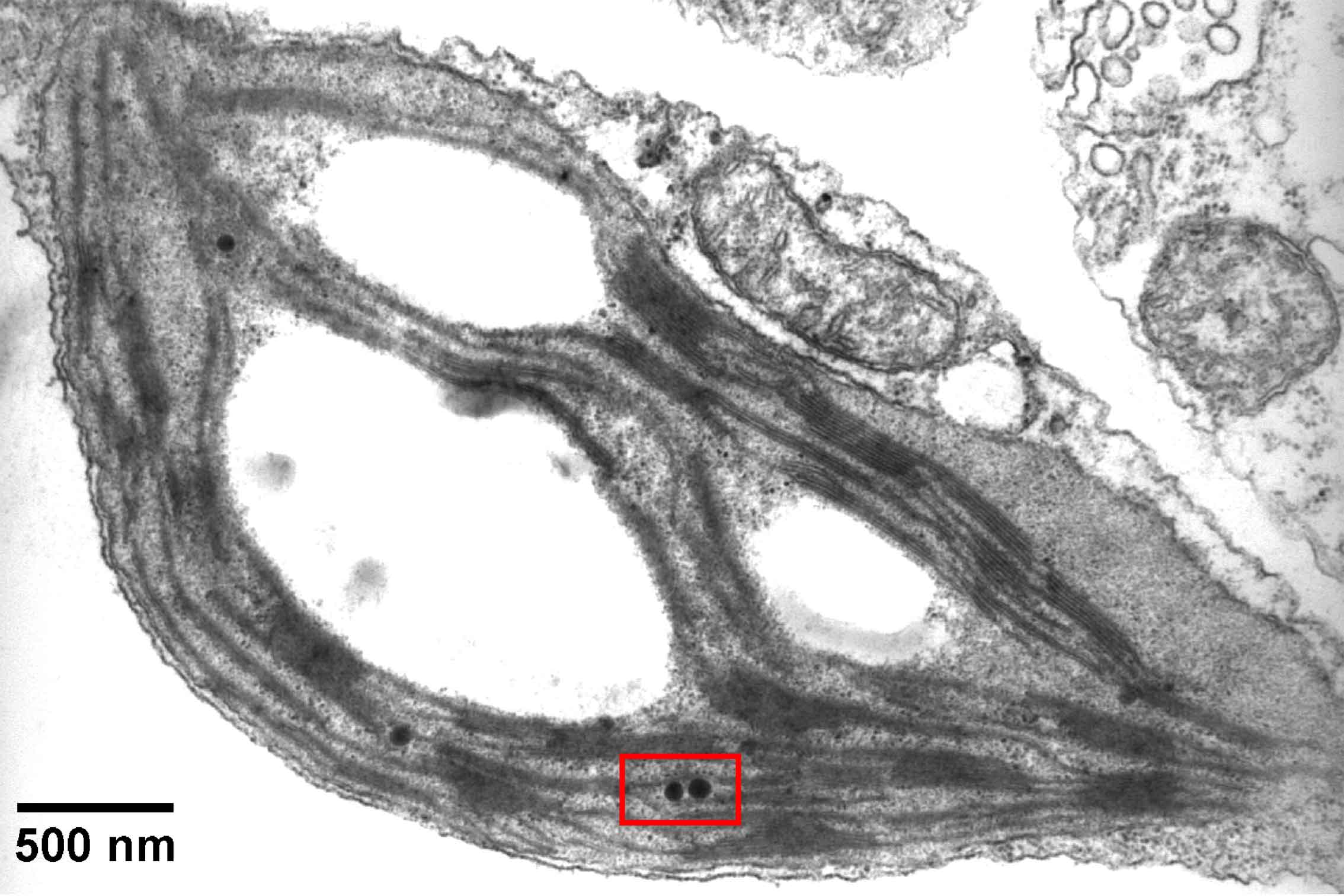 |
|
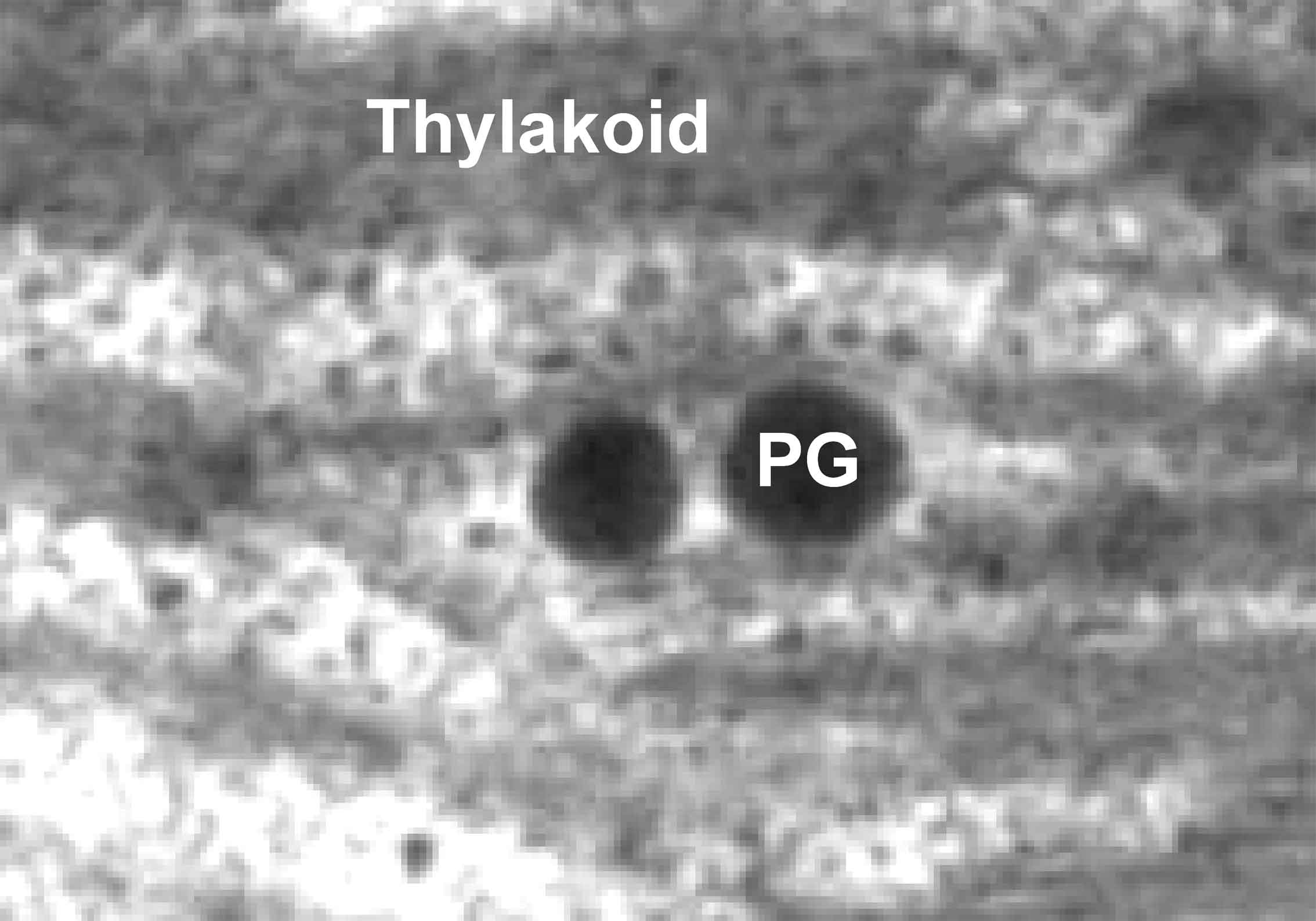 |
||
| Ultrastructure of a chloroplast from Arabidopsis. | ||
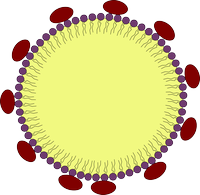 |
Proteins called plastoglobulins (PGLs) or PAP/fibrillins are associated with the stromal surface of plastoglobules. |
|
| model for plastoglobule structure | ||
| We are using molecular genetics and biochemical techniques to study the function and the targeting of these proteins. | 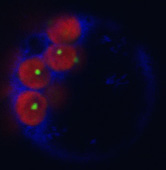 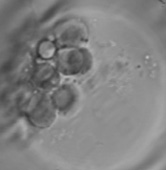 |
|
| Protoplast expressing a PGL-YFP fusion (green) and CFP (blue) |
Physiological factors such as scenescence and environmental stresslead to an increase in plastoglobule size and number. However, the molecular function of plastoglobules in these processes is not known.

In an effort to unravel molecular functions of plastoglobules, we have taken advantage of the Arabidopsis model system and analyzed the plastoglobule proteome. In addition to plastoglobulins, we have identified enzymes involved in sugar and lipid metabolism (Vidi et al., 2006).
The enzyme tocopherol cyclase(VTE1), notably, was identified as a plastoglobule component. Furthermore, plastoglobules were shown to represent the major site of tocopherol accumulation in Arabidopsis.
The final destination of tocopherol is most likely the thylakoid membrane where it is thought to prevent the oxidative degradation of fatty acids by scavenging reactive oxygen species. The presence of VTE1 and tocopherols, together with the reported increase in size and number of plastoglobules provides a molecular explanation for the role of plastoglobules under conditions resulting in oxidative stress.


